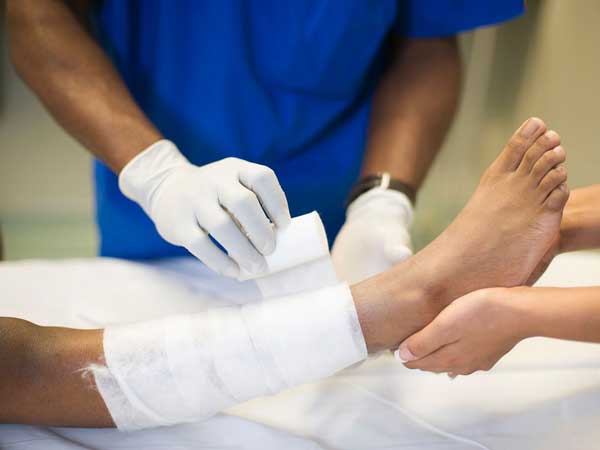
Burn Clinic

A burn occurs when heat, chemicals, sunlight, electricity or radiation damages skin tissue. Most burns happen accidentally. There are different degrees of burns. Your healthcare provider determines the seriousness (degree) of a burn based on the depth of the burn and the amount of affected skin. Burns can be painful. Left untreated, a burn can lead to infection.
Who might get a burn?
Accidental burns can happen to anyone, although children, teenagers and older people are most at risk. These age groups are more prone to burn injuries from cooking, such as spilling a boiling pan of water onto skin. Children and teens are also more likely to mess around with lighters, matches and fireworks or get sunburns.

What are the types of burns?
Healthcare providers classify burns by degrees of severity. Your provider will evaluate the extent of skin damage. Burn degrees include:
First-degree burns are mild (like most sunburns). The top layer of skin (epidermis) turns red and is painful but doesn’t typically blister.
Second-degree burns affect skin’s top and lower layers (dermis). You may experience pain, redness, swelling and blistering.
Third-degree burns affect all three skin layers: epidermis, dermis and fat. The burn also destroys hair follicles and sweat glands. Because third-degree burns damage nerve endings, you probably won’t feel pain in the area of the burn itself, rather adjacent to it. Burned skin may be black, white or red with a leathery appearance.
